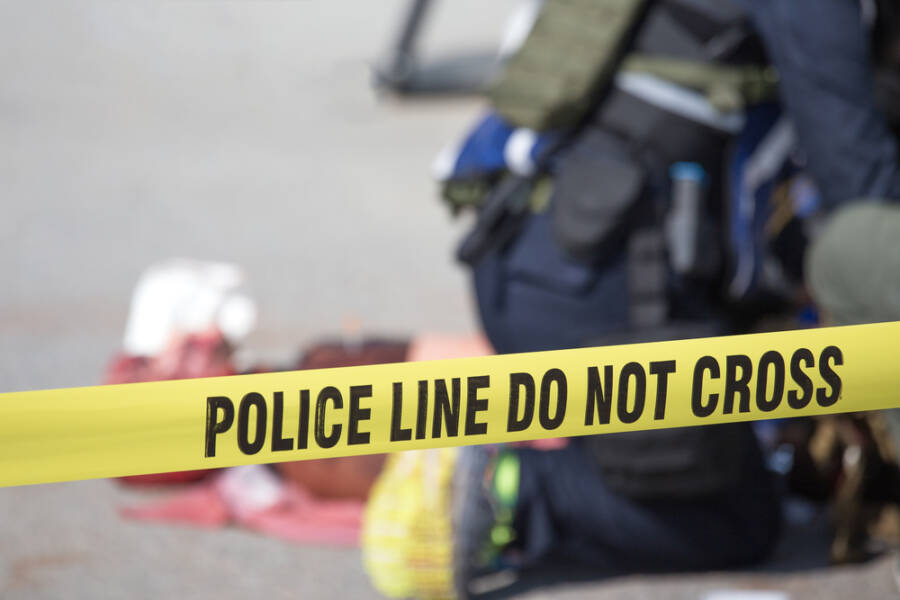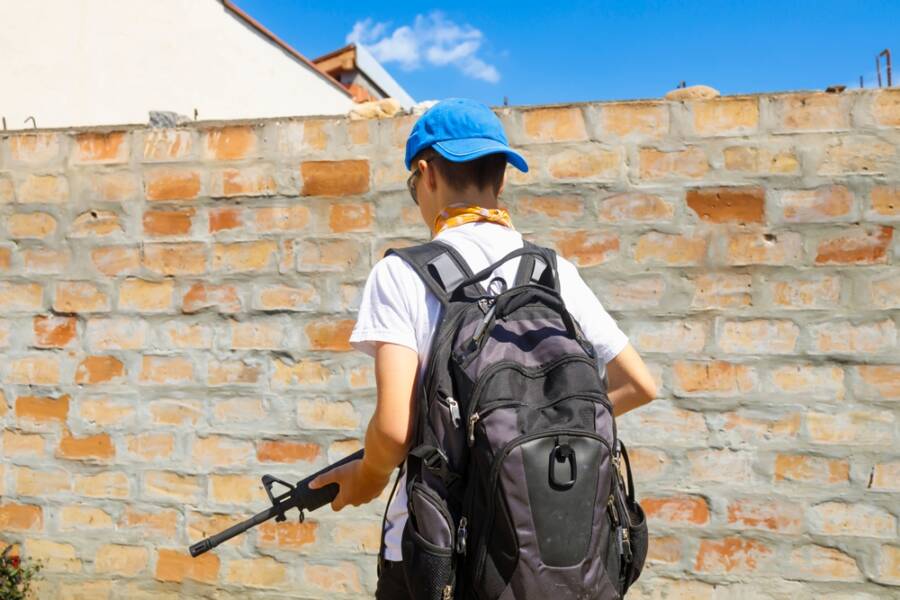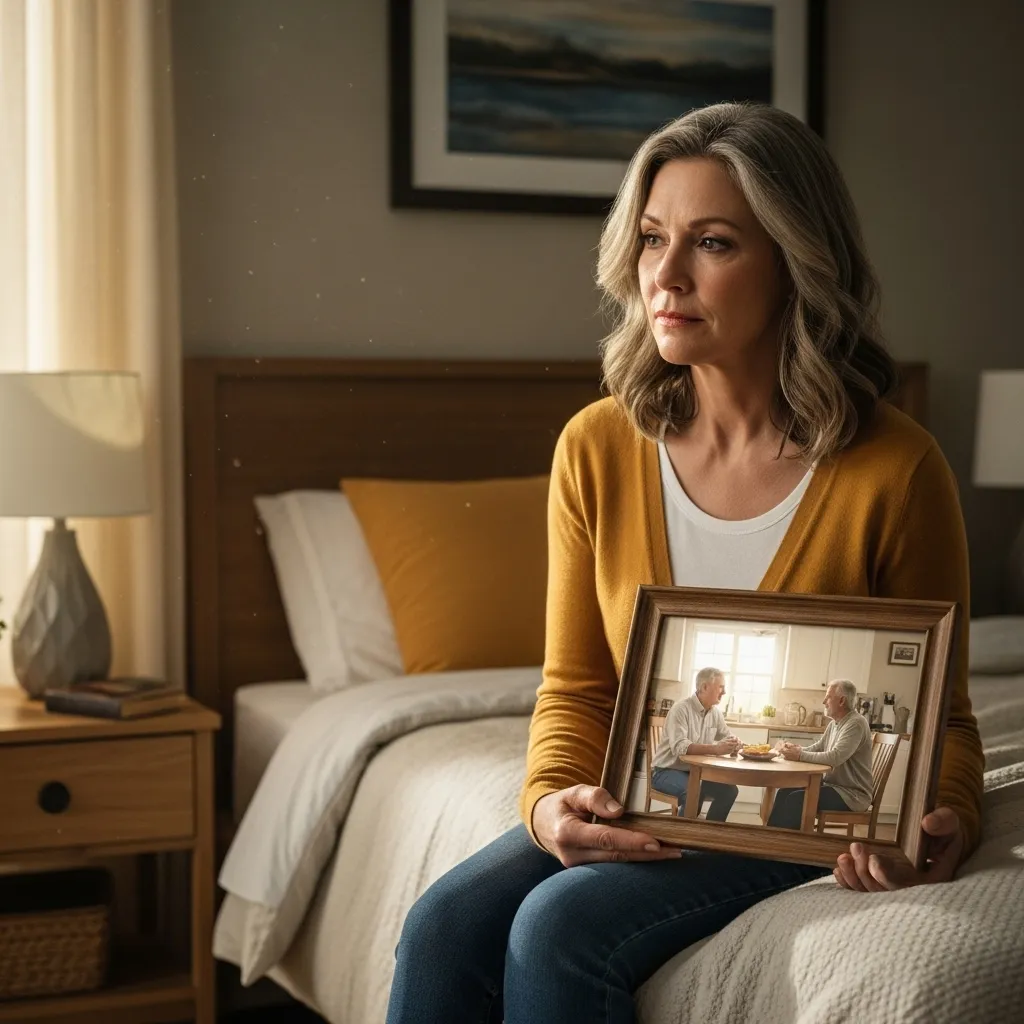Let’s talk about the psychological profile of active shooters!
The unfortunate reality is that mass shootings have increased significantly in the United States. The attack on Donald Trump hasn’t made matters easier, either.
And with what’s happening all around the world, several studies have looked at the individual motivations and psychological traits that drive targeted violence to help law enforcement officials understand violence, hate crimes, mass shootings, and terrorism, not only in the US but also worldwide.
Studies drew on information from indirect assessments of evidence of criminal cases and consultation with psychologists, psychiatrists, and judicial officials who had direct access to primary investigative evidence on the cases.
It turns out perpetrators have a few common traits. On the other hand, experts have long cautioned that there’s no single profile of an active shooter.
Yet the Violence Project researchers discovered that some personal characteristics often align with certain types of shooters. Continue reading to learn more about what they found and whether Thomas Matthew Crooks fits these profiles.

Generally speaking, here are the most common locations of active shooters:
Active shooter in K-12 schools: White males, generally students or former students of the school, with a history of trauma. Most plan their crime extensively, are suicidal, and make others aware of their plans at some point before the event takes place. They also use multiple guns, typically stolen from a family member.
Active shooter in a college or university: Non-white males who are current students of the university, have a history of violence and childhood trauma, and are suicidal. They generally use legally obtained handguns and leave behind some sort of manifesto.
Active shooter in a place of worship: White men in their 40s, usually motivated by domestic violence or hate that spills out into public. Their crimes usually involve very little planning.
Active shooter at a commercial location: White males in their 30s with a criminal record and violent history. They generally don’t have a connection to their targeted location and use a single firearm, legally obtained. Approximately a third show evidence of some kind of “thought disorder,” like schizophrenia, that results in paranoia, disorganized thinking, or delusions.
Active shooter in the workplace: Males in their 40s without any specific racial profiles. Most are employees of their targeted location, frequently a blue-collar job site, and have some sort of resentment towards the workplace. They tend to use legally purchased assault rifles or handguns.
Studies results include the following behaviors of active shooters:
In regards to threat assessment, identity becomes ingrained in aggressive markers, if not highly violent images of the person in action, most often apparent in the fantasies of a young adult as a perpetrator of homicide against another.
One or more characteristics characterize identification. Directly communicated threat warning behavior includes: communicating a direct threat to a target or law enforcement before an attack, warrior mentality, pseudo-commando, close association with weapons or other law-enforcement/military equipment, identification with other attackers, and becoming an agent to promote a particular belief system.
The authors also identified eight warning behaviors, including:
-Fixation warning behavior: This is when someone has an increasingly pathological preoccupation with a cause or person.
-Pathway warning behavior: An active shooter doing their research, planning, preparing, or implementing an attack.
-Identification warning behavior: When one has a psychological desire to be a “pseudo-commando,” has a “warrior mentality,” and is closely associated with weapons or other military or law enforcement equipment.
-Novel aggression warning behavior: Refers to when an individual carries out an act of violence that seems unrelated to any targeted violence pathway behavior.
-Energy burst warning behavior: Occurs when the variety or frequency of any noted activities related to the target increases.
-Leakage warning behavior: Occurs when someone vocalizes to a third party the intent to harm a target through an attack.
-Last resort warning behavior: When there’s evidence of a violent “action/time imperative.”

Besides these behavioral traits, here are a few more common habits experts have noted about active shooters:
1. The active shooters examined in this study didn’t appear to be consistent in any way such that they could be readily identified before attacking based on demographics alone. Regardless, 94% of the 63 active shooters studied were male, and only 4 were female.
2. The FBI could only confirm that 25% of active shooters in the study had been previously diagnosed with a mental illness. Of those analyzed, only 3 had been diagnosed with a psychotic disorder.
3. Active shooters take time to plan and organize for an attack, with 77% of the subjects spending a week or longer preparing for their attack and 46% spending a week or longer procuring the means for said attack.
4. In the year leading up to an attack, active shooters generally experienced multiple life stressors. Examples of severe stressors include the death of a loved one, drug abuse, romantic relationship disputes, job-related issues, financial distress, cases of criminality, and physical injury.
5. Each active shooter displayed, on average, 4 to 5 troubling behaviors that were visible to those in close contact with them over time. The most common behavioral categories were impulsivity, depression, anxiety, anger issues, interpersonal problems, excessive risk-taking, and leakage of violent intent to a third party.
How do active shooters get their guns?
The shocking truth is that nearly half the mass shooters in the US database bought their guns legally. And 13% obtained them through “theft,” which includes borrowing from family members or friends.
Overwhelmingly young school shooters were most likely to acquire their firearms in this manner. Researchers said this particular data point could support arguments for legislation requiring the safe storage of firearms.
Handguns were by far the most common type of firearm used in mass shootings and were used 3 times more than rifles, shotguns, or assault rifles. And yes, assault rifles were banned in 1994 during the Clinton Administration.
But the federal ban expired a mere decade later, and gun manufacturers seized the opportunity to re-market military-style firearms to civilians.
Experts say that there has been a statistically significant growth in assault rifle use in mass shootings in the last 5 years, which has also overlapped with shootings becoming more deadly.

There’s something to be said about fame
The study we mentioned discovered that the percentage of active shooters driven by a desire for fame has risen substantially in the last few years.
In the first 15 years of the 21st century, roughly 3% of perpetrators were highly motivated by the desire to make history by becoming mass shooters. Between 2015 and 2019, that number leaped to 12%.
One specific motivator for fame-seekers remains strangely constant through the years: The Columbine High School massacre. There’ve been many active shooters, mass shootings, and even school shootings in the past.
Still, Columbine, which took place in 1999 at a public high school in Littleton, Colorado, turned the school shooting into a media spectacle.
The turbulent scene outside the school was broadcast live for a couple of hours before the offenders committed suicide, leaving an extensive record of their motives and plans.
Columbine’s influence is so influential that the study even uncovered that fame-seeking as a motive for mass shootings was primarily limited to the American West. In fact, 70% of these fame-seeking shootings took place in the region.
By comparison, the researchers didn’t find any mass shootings in the Northeastern part of the US directly motivated by fame-seeking. Could Trump’s assassination attack be an exception?
You be the judge. Let us know what you think in the comments section below. If you wish to learn more on the matter, we highly recommend this interesting read from Amazon: 10 Minutes to Live: Surviving An Active Shooter Using A.L.I.V.E.
And if you liked this article, we also recommend reading: 12 Untrustworthy Behavior Traits You Should Look Out For













